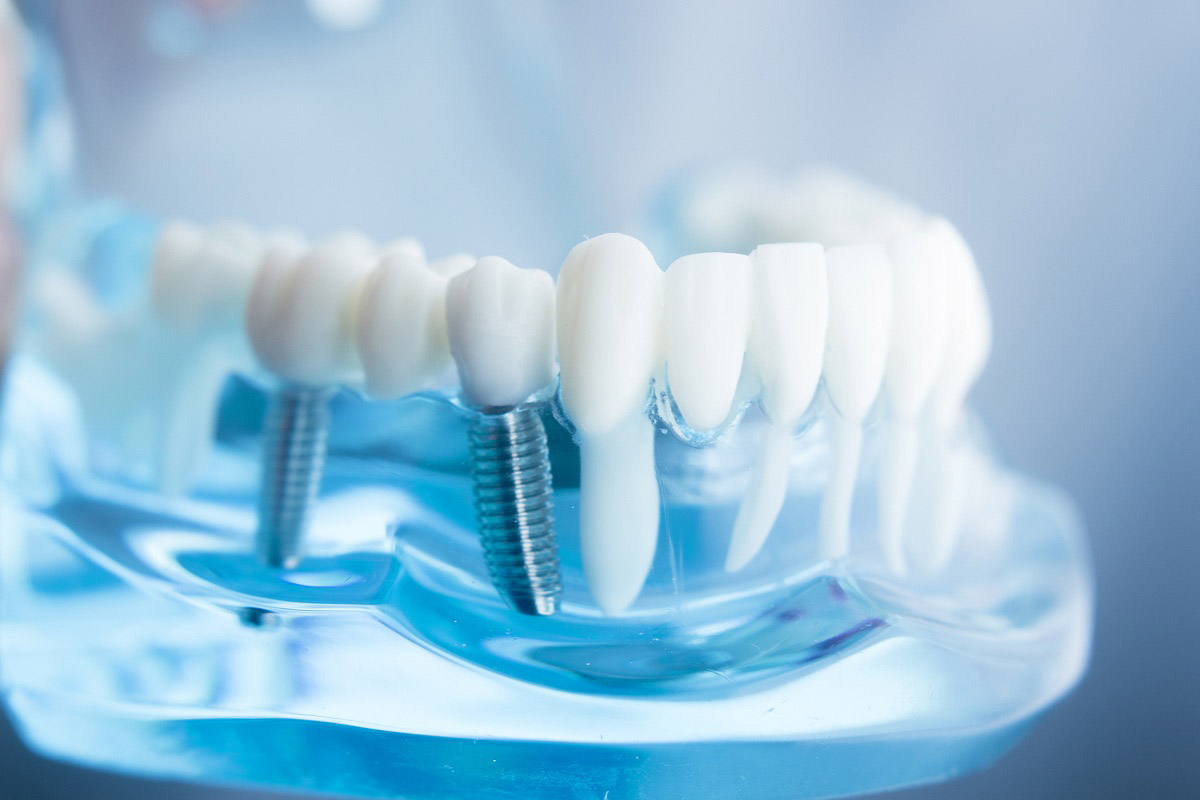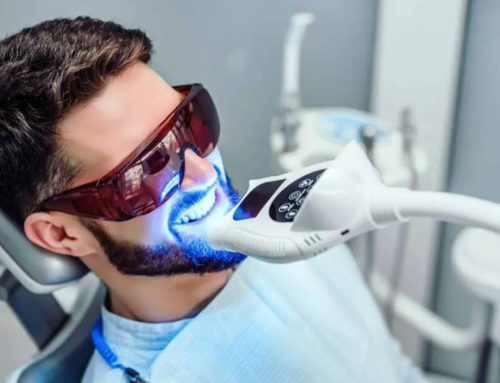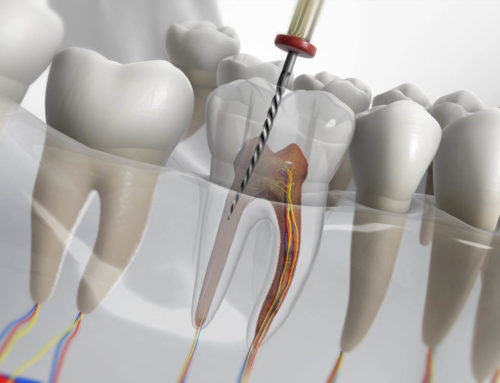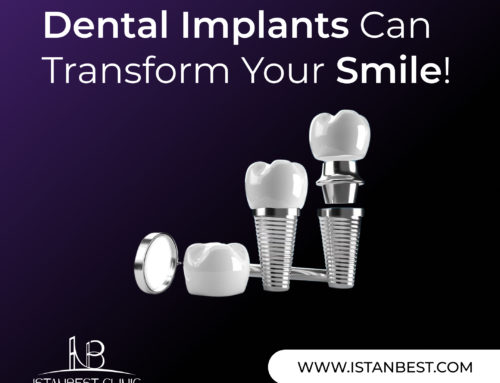Your missing teeth can be replaced with dental implants that are inserted into your jawbone through surgery. These implants act as the roots of your teeth and fuse with your jawbone, making them a secure and stable option. Unlike fixed bridgework or dentures, dental implants won’t move or damage your bones and they won’t decay like regular bridgework supported by natural teeth.
Dental implants may be the ideal choice for you if you have one or more missing teeth, a fully developed jawbone, sufficient bone to support the implants or can undergo a bone graft, healthy oral tissues, and no health issues that can impede bone healing.
If you don’t wish to wear dentures, want to improve your speech, can commit to the months-long process, and don’t smoke tobacco, then dental implants can be the right solution for you.

Risks of dental implants
As with any surgical procedure, there are potential health risks associated with dental implant surgery. However, these risks are infrequent and typically minor and can be easily treated. Some of the risks include:
- Infection around the implant area
- Injury or harm to nearby structures like blood vessels or other teeth
- Nerve damage that may result in discomfort, numbness, or tingling in your gums, natural teeth, lips, or chin
- Sinus problems that may arise if dental implants are placed in the upper jaw and protrude into a sinus cavity.
How you prepare for dental implants
The preparation process for dental implants typically involves a team of specialists, such as an oral and maxillofacial surgeon, periodontist, prosthodontist, or an ear, nose and throat (ENT) specialist. These experts will conduct a comprehensive evaluation to prepare you for the procedure, which may involve:
- A thorough dental examination, which may include taking dental X-rays, 3D images, and creating models of your teeth and jaw.
- A review of your medical history, including any medications or supplements you are taking. Your doctor may also prescribe antibiotics before the surgery if you have certain medical conditions or orthopedic implants that may increase the risk of infection.
- A customized treatment plan that takes into account your specific needs, such as the number of teeth that need to be replaced and the condition of your jawbone and remaining teeth.
- During the surgery, you may have the option of local anesthesia, sedation, or general anesthesia to manage pain. Your dental specialist will help you choose the best option for you. Depending on the anesthesia used, you may need to avoid eating or drinking before surgery, and arrange for someone to take you home afterward and rest for the remainder of the day.
What you can expect after a dental implant
After undergoing dental implant surgery, you can expect the procedure to be conducted on an outpatient basis and performed in stages, with recovery time required between each step. The placement of a dental implant typically involves several stages, which may include:
- Removal of any damaged teeth
- Preparation of the jawbone, which may require grafting
- Placement of the dental implant
- Time for bone growth and healing
- Placement of the abutment
- Placement of the artificial tooth
The entire process may take several months to complete, with a significant amount of time devoted to healing and waiting for new bone growth in the jaw. Depending on the specifics of your situation, certain steps may be combined or the materials used may differ.
When do you need Bone Grafting
If your jawbone is too soft or not thick enough, you may require bone grafting before undergoing dental implant surgery. This is because the pressure from the chewing action of your mouth can be too great for the bone to support the implant, leading to a higher risk of implant failure. A bone graft can provide a stronger foundation for the implant.
There are various materials that can be used for bone grafting in the jawbone, including natural bone grafts from another part of your body, or synthetic bone grafts that provide support for new bone growth. Consult with your doctor to determine the best options for your situation.
It can take several months for the transplanted bone to generate sufficient new bone to support a dental implant. In certain cases, only minor bone grafting may be necessary and can be done simultaneously with the implant surgery. The condition of your jawbone will dictate the course of action taken.

Choosing the new artificial teeth
After your gums have healed, additional impressions of your mouth and remaining teeth will be taken to create a crown, which is an artificial tooth that looks realistic. The crown can’t be attached until your jawbone is strong enough to support it.
You and your dental specialist can choose from artificial teeth that are either removable, fixed, or a combination of both:
- Removable: This type is similar to a regular removable denture and can be either a partial or full denture. It consists of artificial teeth that are white, surrounded by pink plastic gum. It’s placed on a metal frame that’s attached to the implant abutment and securely snaps into place. It can be easily removed for cleaning or repair.
- Fixed: With this type, an artificial tooth is permanently screwed or cemented onto an individual implant abutment. You can’t remove the tooth for cleaning or during sleep. Usually, each crown is attached to its own dental implant. However, if several teeth are being replaced, they can be bridged together using a single implant because implants are very strong.
After a Dental Implant
Whether you undergo dental implant surgery in a single stage or multiple stages, it’s possible to experience some discomforts that are typical of any dental surgery. These may include:
- Swelling of your face and gums
- Bruising of your gums and skin
- Pain at the site of the implant
- Minor bleeding
Following dental implant surgery, you may require painkillers or antibiotics. If you notice an increase in swelling, discomfort, or any other issue, contact your oral surgeon immediately.
After each surgical stage, you may need to consume soft foods while the surgical area heals. Typically, dissolvable stitches are used by your surgeon. If your stitches aren’t self-dissolving, your doctor will remove them.




